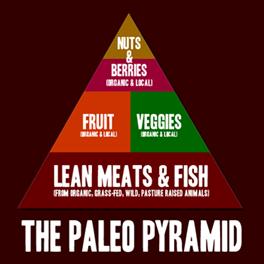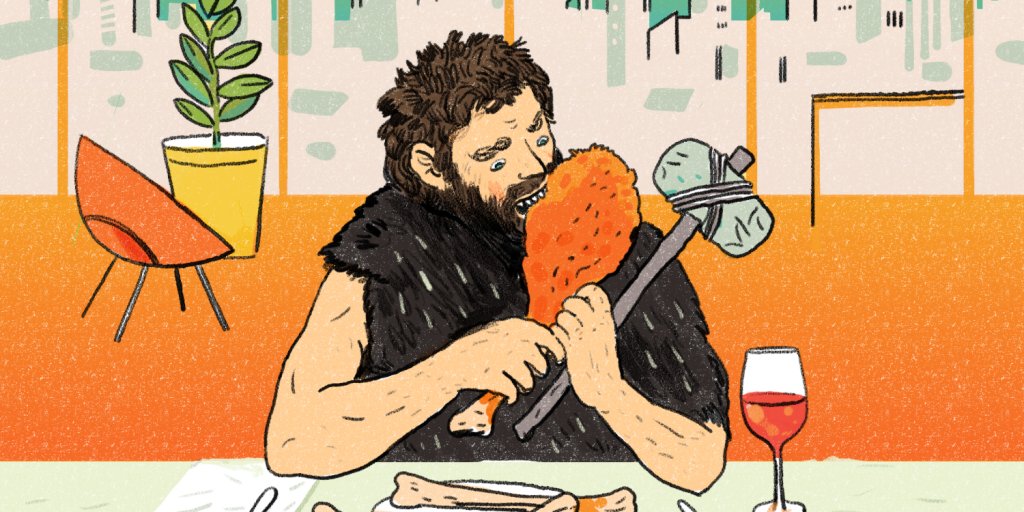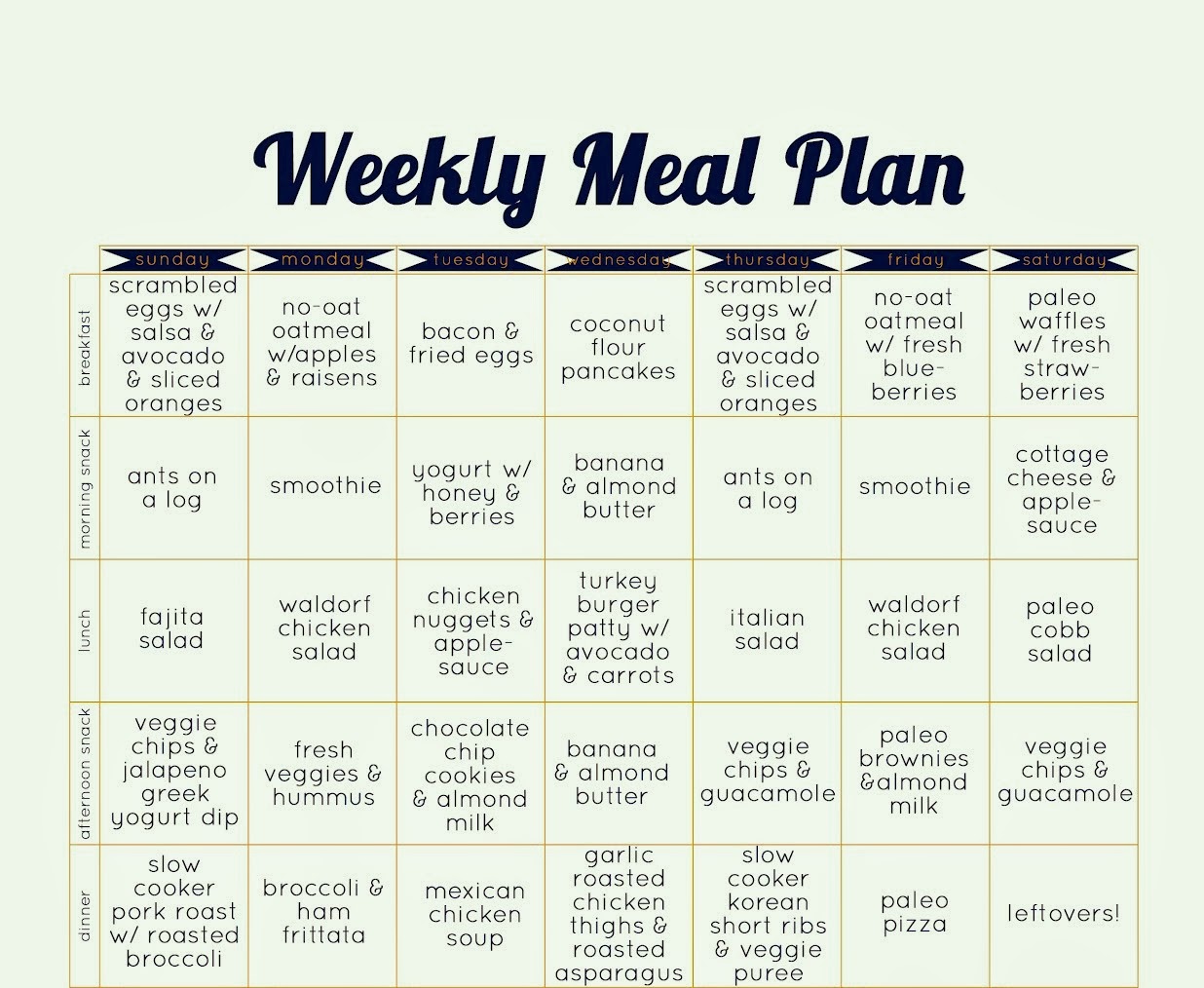
A new study on paleo diets suggests that a lack of grains could be partially responsible for the reduced risk of developing heart disease. Participants consumed a lot of non-starchy vegetables, and averaged 28g fiber per day. Their daily carbohydrate intake totaled ninetyg per day. The researchers concluded that the absence of grains contributed to this risk, as they would not have had access to carbohydrates in the form of grains. Instead, the study suggested eating starchy vegetables and tubers, which would have increased their total carbohydrate intake and resistant-starch levels.
Low-carb Paleo diet
Many myths still persist about low-carb Paleo. Many of these myths arise from old diet and nutrition myths that persist in many doctors’ offices. The low-carb diet has been shown to be effective for weight loss, but it may not be right for everyone. Before starting the Paleo Diet, it is important to thoroughly research its benefits.
People on a paleo diet are more at risk of calcium and vitamin D deficiencies. These essential nutrients are crucial for bone health. Consuming too much saturated fats and protein can increase your risk of developing heart disease, cancer, and kidney disease. The Paleo diet can have some benefits for people at high risk of developing cardiovascular disease. The Paleo low carb diet may be the best alternative for you.

A low-carb Paleo diet has many benefits beyond reducing inflammation. Low-carb diets have been shown to lower blood sugar spikes, and improve insulin sensitivity. They can also help prevent inflammation and improve gut well-being. For more information, you can read the Low Carb Paleo Diet Study. You don't need to follow a Paleo diet in order to lose weight.
Dr. Oz found that carbs should be 45-65% of your daily caloric intake. The result is that if you eat 2,000 calories per day, carbs will make up 900-1300 calories. This means that you will consume 225-325 grams of carbohydrates each day. That's equivalent to approximately 225-300 calories. A low-carb lifestyle, on the contrary, can contain very few carbs.
Compared to a ketogenic diet, a paleo diet is more flexible. It encourages you not to restrict carbohydrates but instead encourages you eat more fruits, vegetables, and lean protein. It's much easier to stick to a low-carb Paleo diet if you know what you're eating. You will be less likely to get frustrated about your diet and body. You will feel less stressed about what you eat and lose weight quicker.
High-protein Paleo diet
Paleo fans often ask what a high-protein diet is. It is important to be aware of the limitations before you attempt this diet. The upper limit for protein intake should be 30% of total calories. However, it's important to note that this is a maximum, not an absolute limit. High-protein diets still require carbohydrates and fat. The higher the protein intake, the more likely it is that you'll gain weight.

Proteins from meat and dairy are bioavailable, meaning they can be easily absorbed by the body. Animal proteins are easier to absorb than plant-based. Because it has been predigested, beef protein is more easily absorbed. Beef protein is from hormone-free and antibiotics-free cows in Sweden. It is easier to digest and absorb hydrolyzed beef protein.
The cost is one of the main reasons people struggle to follow a study program. Protein is often more costly than fats or carbohydrates. It is often difficult to adhere to a diet due the social factors such as being uncomfortable in public places or not wanting to make a good impression. You can still eat Paleo, but there are ways to lower your costs. If you still feel the need for eating out, there are plenty of ways to control your cravings while staying motivated. Luckily, there are also several ways to stay on track without feeling guilty. You can find more information about these topics on the index page.
The high-protein and low-carbohydrate portions of the paleo diet have numerous health benefits. While the diet's low sugar and carbohydrate intake may improve insulin sensitivity and control, statistically these effects are not significant. A study that examined blood pressure found statistically significant decreases in diastolic pressure among paleo-diet participants. These studies were done on 9 to 29 individuals over a period of 10 to 12 weeks.
FAQ
How much does a culinary school cost?
Costs for culinary school vary depending on where you live, how long you study and which program you choose. The average tuition cost is $10,000-$30,000 annually. Most students graduate with about $20,000 in debt. Some programs offer work-study, grants, scholarships and grants.
What is the best way to learn to cook?
Cooking should be something everyone can do. Cooking is a skill that will allow you to enjoy delicious food. First, find a recipe that appeals to you and then follow it closely. Next, practice making small tweaks to the recipe until the dish is your own. Try cooking for others. This will allow you to improve your cooking skills and test your abilities.
What Are the Requirements To Be a Chef?
To be a chef you need a bachelor's level in culinary arts. A number of ACF tests will be required. After you have completed all requirements, you will receive a certificate confirming your qualifications.
Statistics
- under 10 Kids have been taught that there is special food just for them, and Fiese says that 10 percent of kids will throw a tantrum if they don't get the food they want. (washingtonpost.com)
- According to the BLS, chefs earn $58,740 a year. (learnhowtobecome.org)
- The median pay for a chef or head cook is $53,380 per year or $25.66/hour, according to the U.S. Bureau of Labor Statistics (BLS). (learnhowtobecome.org)
External Links
How To
How to make the perfect omelet
Omelets is one of my favourite breakfast foods. How do you make them perfect? I have tried many different recipes and methods, but none of them work. I have some tips and tricks to help you make delicious, fluffy omelets every single morning.
We should first know that eggs are very temperamental ingredients when making omelets. It is important that eggs are fresh from an organic market and kept cool until used. You must keep them cool enough to allow the whites to form properly and the yolks to become too runny if they're not kept at the right temperature. This can make your omelets look bizarrely colored. It is best to use room-temperature eggs if you are going to cook them right away.
Another tip is to separate the egg before adding it to the pan. You don't want the white to get mixed with the yolk, as this could cause the egg to curdle.
The egg can burn if it is placed directly on the stovetop. Instead, place the egg in the microwave for 10 second before you put it in the skillet. The microwave heat is sufficient to cook the egg without overcooking.
Next, let us talk about how to mix the eggs. When mixing eggs, it is important to thoroughly beat them. You need to turn the bowl of the mixer upside down. Next, shake the bowl vigorously. By doing this, the egg is thoroughly mixed with the air in the bowl.
The fun part begins - you need to pour the milk into your mixture. First, pour half of the milk into the beaten eggs and then fold the eggs gently into the remaining milk. Do not be alarmed if there are still egg streaks visible. Once the omelet flips, these streaks will disappear.
After you have folded your eggs, heat up the oil on medium heat. Wait for it to get hot. Once the oil has gotten hot, add 1/4 cup of butter and swirl it around so that the entire pan is coated. Open the lid and sprinkle salt on the pan. A pinch of salt will prevent your omelet from sticking in the pan.
Once the omelet has formed, cover the pan again and wait for the top side to set completely. Flip the omelet upside down or with a spatula. Cook the opposite side for another minute. Take out the omelet and place it in a bowl.
This recipe works best with whole milk, but skimmed milk also works.